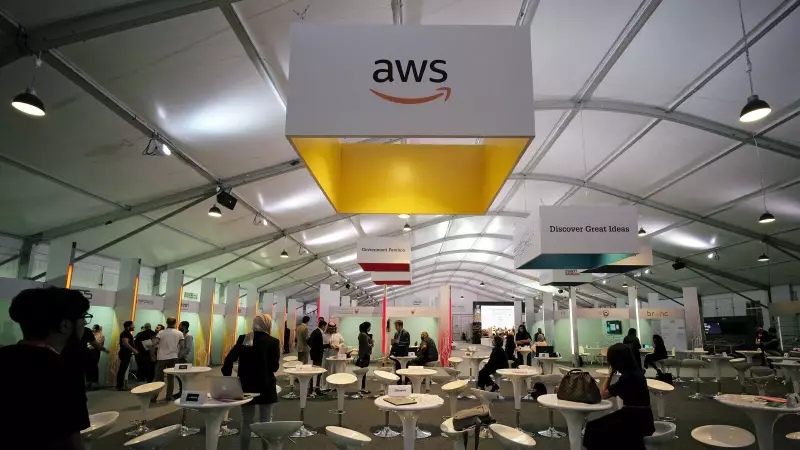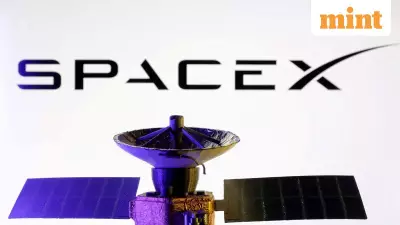
The world's technology behemoths are engaged in an unprecedented spending spree on artificial intelligence infrastructure, with investments reaching staggering new heights. Yet, despite pouring billions into data centers, chips, and computing power, industry leaders are sounding the alarm: it's still not enough to satisfy the explosive global demand for AI capabilities.
The Spending Tsunami
Recent financial disclosures reveal that tech giants including Amazon, Microsoft, Google, and Meta are collectively investing over a staggering $100 billion annually in AI-related capital expenditures. This represents one of the largest concentrated investment waves in technological history, dwarfing previous tech booms in both scale and velocity.
Why the Insatiable Hunger for AI Infrastructure?
The driving force behind this massive expenditure is twofold. First, the computational requirements for training and running advanced AI models have grown exponentially. Second, enterprise adoption across every sector—from healthcare to finance to manufacturing—is creating unprecedented demand for AI-powered solutions.
The NVIDIA Factor
At the heart of this AI revolution lies the critical shortage of advanced processors, particularly NVIDIA's cutting-edge AI chips. These specialized semiconductors have become the gold standard for AI workloads, creating intense competition and supply constraints that even massive budgets can't immediately resolve.
The Cloud Computing Conundrum
Cloud service providers are facing a unique challenge: they're building data centers at breakneck speed, yet customer demand continues to outpace supply. Major corporations are encountering wait times and capacity limitations when trying to scale their AI initiatives, creating bottlenecks in digital transformation efforts.
Expert Perspectives
Industry analysts note that we're witnessing a fundamental shift in how technology infrastructure is being built and deployed. The traditional cloud computing model is being reshaped by AI's unique requirements, forcing companies to rethink everything from energy consumption to chip design to data center architecture.
What This Means for Businesses and Consumers
The implications of this AI infrastructure race extend far beyond tech boardrooms:
- Enterprise AI adoption may face temporary slowdowns due to resource constraints
- Innovation cycles could be affected by limited access to computing resources
- Global competition intensifies as nations recognize AI infrastructure as critical economic infrastructure
- Investment opportunities emerge across the AI value chain, from semiconductor manufacturers to cooling systems
The Road Ahead
As the AI revolution continues to accelerate, the infrastructure race shows no signs of slowing. Tech leaders anticipate that current spending levels represent just the beginning of a multi-year investment cycle that will reshape global technology infrastructure and redefine competitive landscapes across industries.
The consensus is clear: in the high-stakes world of artificial intelligence, building tomorrow's infrastructure requires spending at levels that would have been unimaginable just a few years ago—and even that might not be enough to capture the full potential of this transformative technology.





